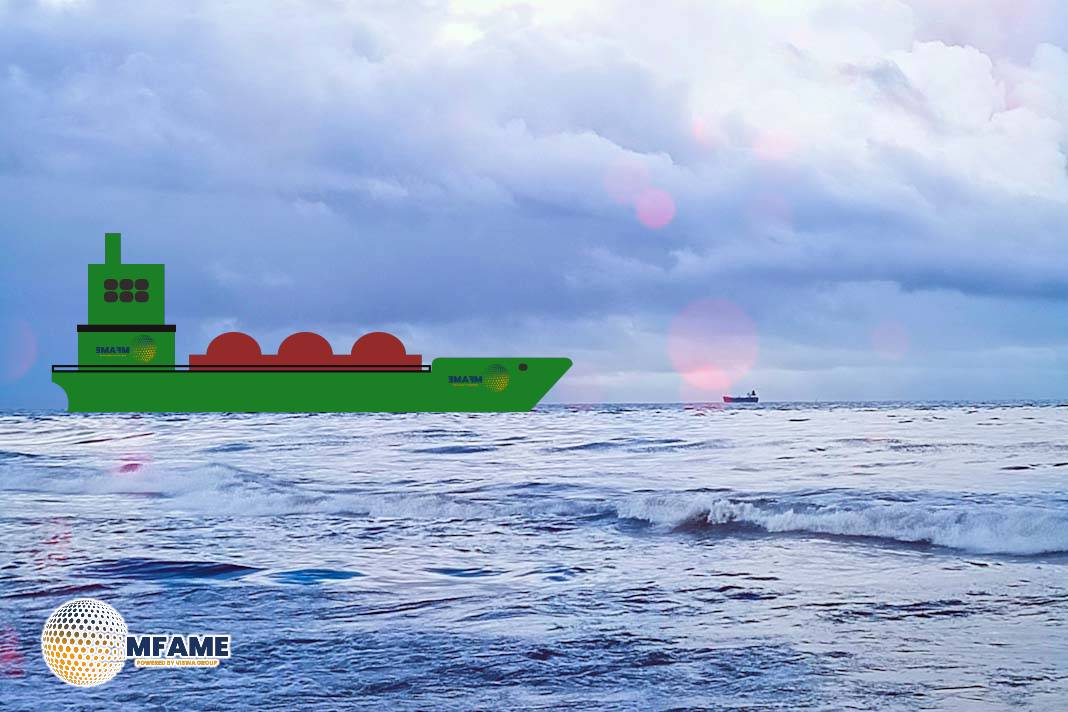- Fuel costs may rise 3–7% from rerouting in contested waters.
- War risk insurance premiums climbing 12–15% annually.
- Singapore port congestion could impact crude and auto trade flows.
As geopolitical tensions, organised crime, and cyber threats continue to reshape the global maritime landscape, Dryad Global’s latest brief provides essential insights for shipping companies, port operators, insurers, and maritime security experts. This week’s report shines a light on two significant incidents — a high-risk confrontation in the South China Sea and the first confirmed sighting of a narco-submarine in the South Pacific — along with updates on piracy, cyber vulnerabilities, and regulatory changes, reports Dryad Global.
Collision in the South China Sea Raises Shipping Risks
- Date & Location: 11 August 2025, near Scarborough Shoal
- Vessels Involved: Chinese Navy vessel, China Coast Guard ship CCG 3104, Philippine Coast Guard vessel BRP SULUAN
The incident unfolded during an escort mission for Filipino fishermen receiving assistance. The Philippine Coast Guard reported that CCG 3104 engaged in aggressive manoeuvres, deployed water cannons, and collided with another Chinese vessel while in a high-speed chase. The collision resulted in severe damage to CCG 3104’s forecastle, rendering it unseaworthy.
Commercial Impact
- There’s a heightened risk of delays or damage in contested waters.
- You might see fuel costs rise by 3–7% because of rerouting.
- War risk insurance premiums are climbing by 12–15% each year.
- Port congestion in Singapore could become an issue, impacting 45% of global crude oil and 26% of automotive trade flows.
- While a large-scale conflict seems unlikely, we can expect “grey zone” tactics to persist, which will likely push operational costs up and disrupt supply chains.
First Narco-Submarine Found in the South Pacific
- Date & Location: August 9, 2025, off Isabel Province, Solomon Islands
- Discovery: A local fisherman stumbled upon a 40-foot semi-submersible vessel.
- Identification: Australian authorities have linked it to Latin American drug cartels, including the Sinaloa and Jalisco New Generation Cartels.
The vessel, crafted with a fibreglass hull, multiple engines, and a sealed hatch, resembles designs used for smuggling large cocaine shipments—similar to the 7.7 tonnes intercepted by the U.S. Coast Guard back in 2019.
Security Implications
- Cartels are taking advantage of vast Exclusive Economic Zones (EEZs) and the lack of strong maritime surveillance.
- There’s a growing risk that Fiji and nearby nations could turn into drug transit hubs for markets like Australia.
- Merchant crews may face violent retaliation if they’re suspected of getting in the way.
- Expect increased voyage delays (1–3 days) due to vessel inspections.
- The region is seeing a higher likelihood of piracy, extortion, and organised crime.
Other Notable Maritime Intelligence Updates
- The Houthis have imposed sanctions on 64 shipowners who are trading with Israel, which is increasing the risks for shipping in the Red Sea.
- Ireland is keeping an eye on a shadow tanker that’s been dodging the English Channel.
- Panama has introduced new rules for ship-to-ship (STS) transfers to help prevent sanctions evasion.
- Vulnerabilities in CyberArk and HashiCorp could potentially allow unauthorised remote access to vaults without needing credentials.
- China has sent five icebreakers to the waters near Alaska, hinting at its ambitions in the Arctic.
- While seafarer satisfaction is on the rise, there are still significant safety concerns that need to be addressed.
Did you subscribe to our daily Newsletter?
It’s Free Click here to Subscribe!
Source: Dryad Global
















